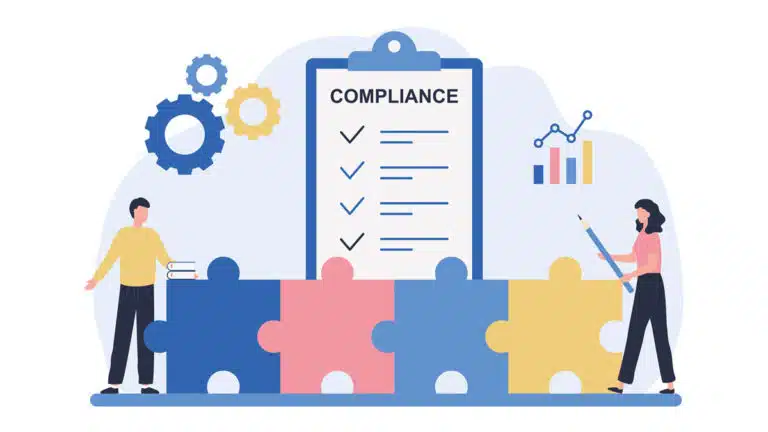In recent years, certain regions in the United States have emerged as hotspots for financial crimes like money laundering and fraud. Recognizing the need for targeted intervention, the U.S. government designates these areas as High-Intensity Financial Crime Areas (HIFCA). This designation signifies a concentrated presence of financial crimes, prompting increased attention and resources from regulatory bodies and law enforcement agencies. In this overview, we delve into the concept of HIFCAs, explore current designated areas, examine their impact on businesses, and outline strategies for mitigating AML compliance risks.
Understanding HIFCA Designation:
High-Intensity Financial Crime Areas are geographic regions identified by the U.S. government as hubs for financial crimes, including money laundering and related illicit activities. Established under the Money Laundering and Financial Crimes Strategy Act of 1998, these areas receive heightened scrutiny and resources to combat financial crime effectively.
Current HIFCA Locations:
As of now, seven areas in the United States hold the HIFCA designation. These include major metropolitan regions like New York, Los Angeles, and Chicago, as well as border regions and territories like Puerto Rico and the U.S. Virgin Islands. Businesses need to stay updated on HIFCA designations, as they may change over time.
Impact on Financial and Money Services Businesses:
Businesses operating within HIFCAs face increased regulatory scrutiny and potential penalties for non-compliance with AML and CFT regulations. They must adhere to stringent customer due diligence procedures, transaction monitoring, and reporting requirements to mitigate the risks associated with financial crimes.
Strategies to Reduce HIFCA Compliance Risk:
To manage compliance risks in HIFCAs, businesses should implement robust customer due diligence procedures, closely monitor transactions for suspicious activities, conduct regular risk assessments, and leverage technological solutions such as AML compliance software to enhance detection and prevention capabilities.
Conclusion:
While operating within HIFCAs poses heightened compliance challenges, businesses can effectively manage AML risks by adopting proactive measures and leveraging advanced technological solutions. By staying vigilant and implementing robust compliance processes, businesses can navigate the complexities of operating in high-risk financial crime areas while safeguarding their operations and reputation.
To learn more, request a free demonstration of the Ahrvo Comply platform.







